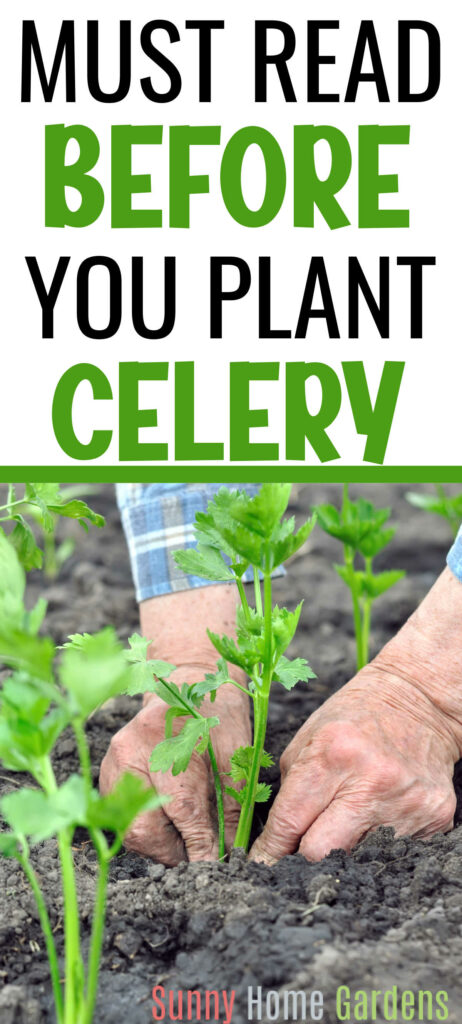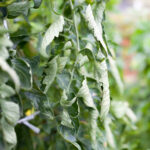Celery isn’t the easiest vegetable to grow in your backyard garden, but it is so rewarding when you harvest it. Learn all about how to grow celery so you can be rewarded with this wonderful veggie.
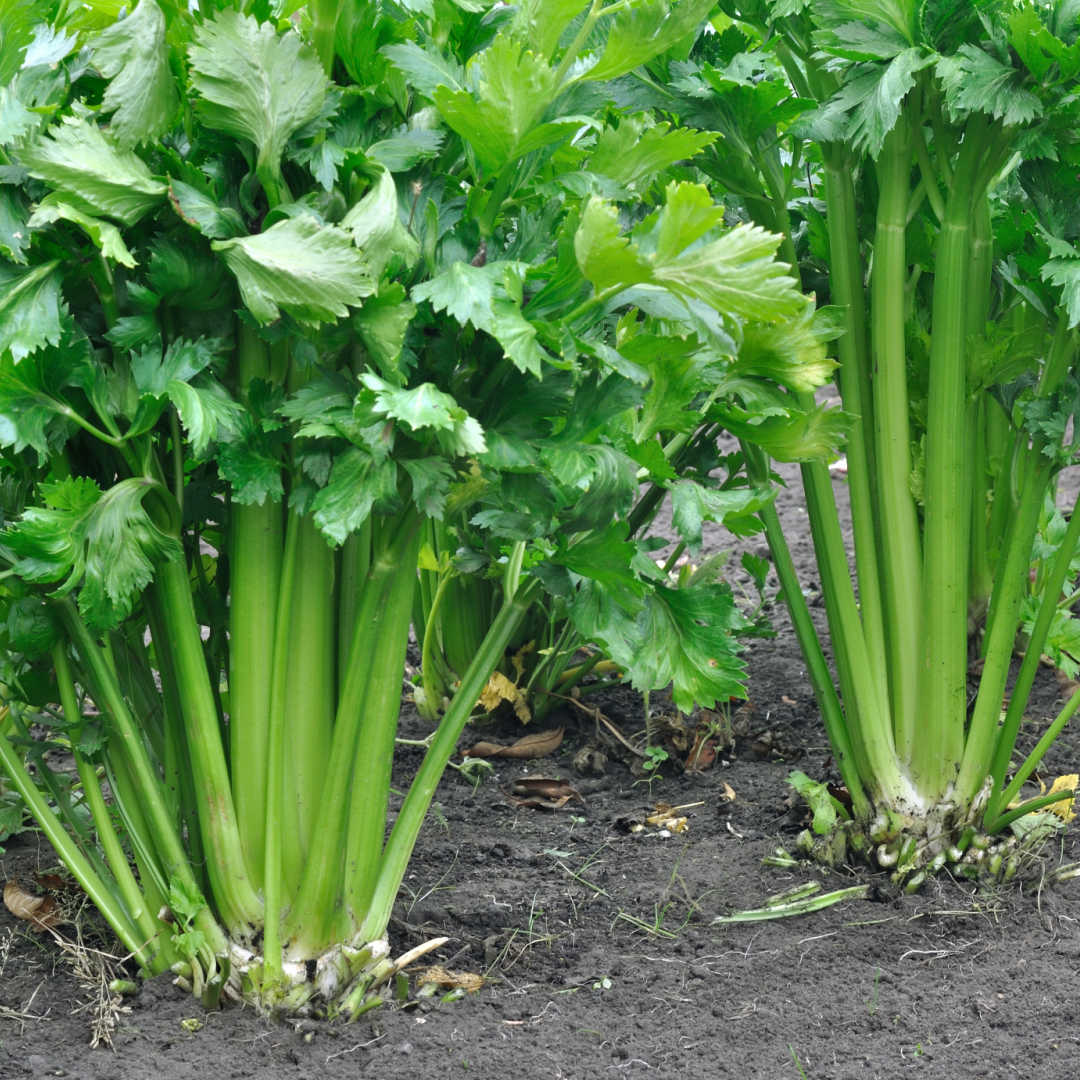
Parents everywhere know the power of a snack made of celery with peanut butter. But celery is much more than a kid’s snack.
Celery can be an easy vegetable to grow in your garden. However, it does have particular needs, so new gardeners will want to take extra care to ensure it gets everything it needs.
For those who may have been putting it off thinking it was too hard, spending a few minutes learning how to grow celery can ease all of those concerns.
Table of Contents
How to Plant Celery
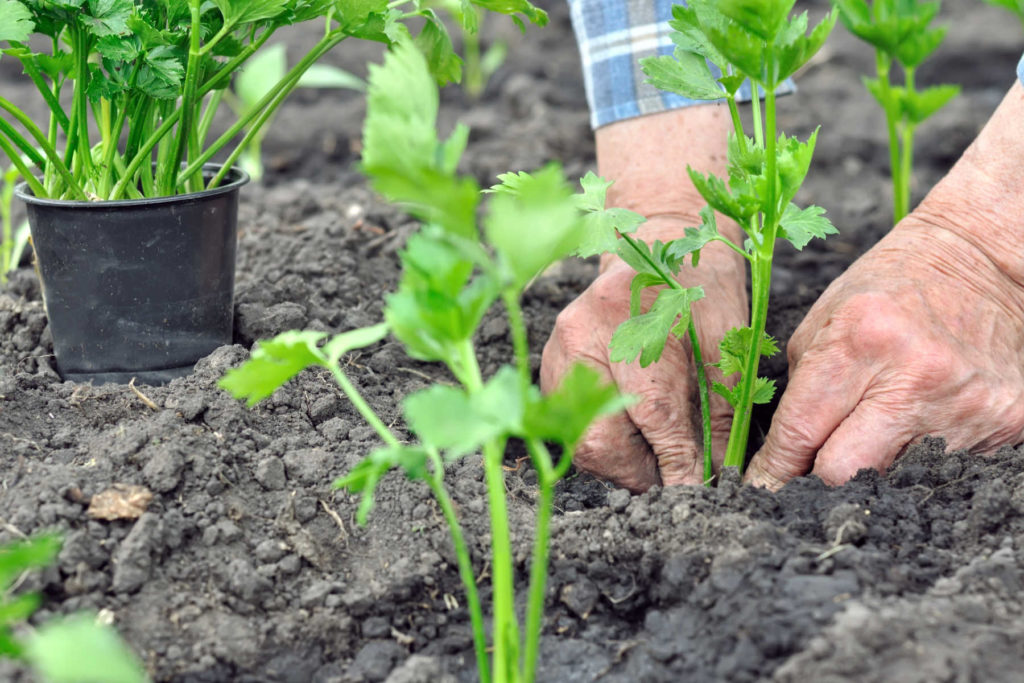
From germination to harvest, celery is a slower-growing plant and it does require specific care. This special care begins with how celery seeds are planted.
You’ll want to start your celery seed about 10 weeks before you will be transplanting them
First, choose good quality seeds to plant. Using seed starting soil, plant your celery in DIY seed pots, seed starting trays, or peat pots.
Fill the pots with soil and add your celery seeds on top.
Unlike most seeds you plant, do not cover these with soil. Instead, press them gently into the ground just enough to “seat” them.
Celery seeds need light to germinate. To help them do so, it can be helpful to use a plant grow light and a plant heat mat with a thermostat to warm their roots gently.
Germination should happen in one to three weeks.
Once outdoor ground temperatures are warm enough, plant your peat pots or transplant seedlings outdoors.
Celery Plant Fertilizer
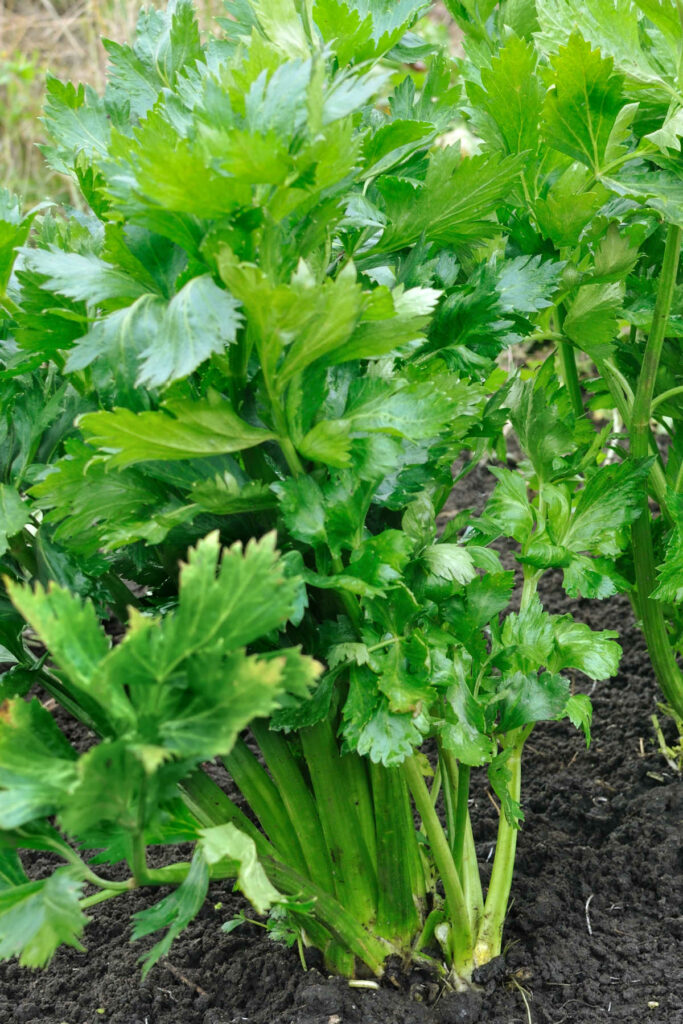
Fertilize your celery with organic compost, compost tea, or another form of fertilizer and water well.
Because celery does grow so slowly, proper soil nutrition is essential. It is also a good idea to feed them with your chosen fertilizer once a month as they grow.
Celery plants are especially vulnerable to insects during their first six weeks of outdoor growth. To help protect your plants, it is recommended that you use an all-natural insecticide.
Alternatively, you cover your plants with row covers. Keep in mind that row covers are not shade cloth and that shade cloth should not be used with celery.
Light Requirements
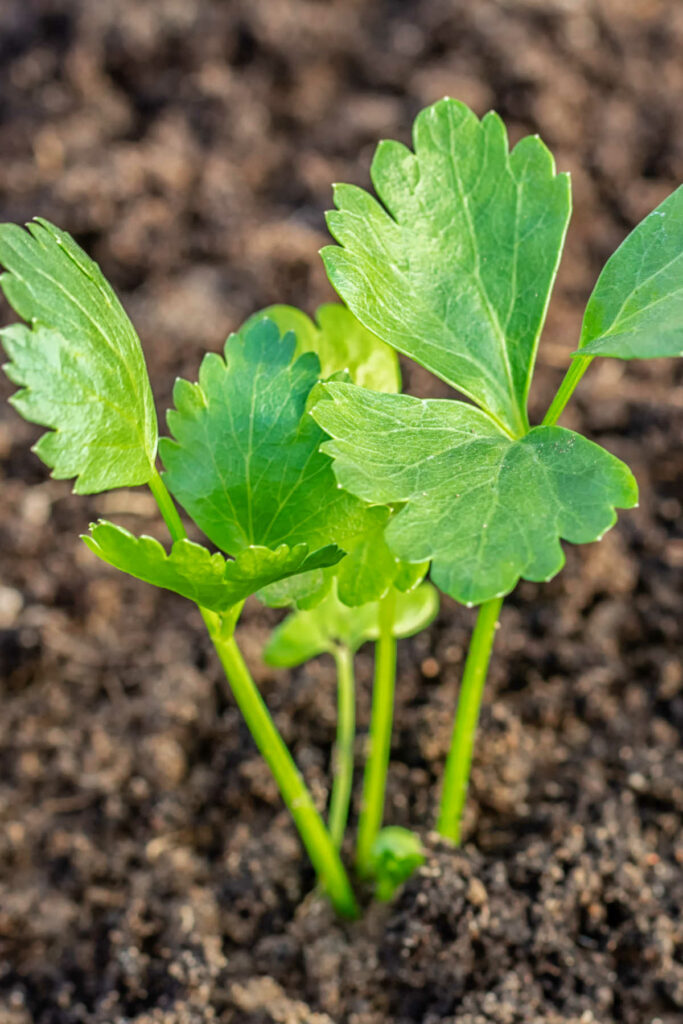
When you select the spot in your garden for growing celery, choose a spot that will give your celery at least 8 hours of sun per day.
Celery plants will tolerate partial sun, but they do prefer and thrive in a full sun environment.
Soil Requirements
Where you plant your celery should also have nutrient-rich, well-drained soil to ensure the best growth.
The ideal soil pH for celery is between 5.8 and 6.8.
Before planting celery, prepare the soil by digging in plenty of compost or well-rotted manure to improve its structure and fertility.
Watering
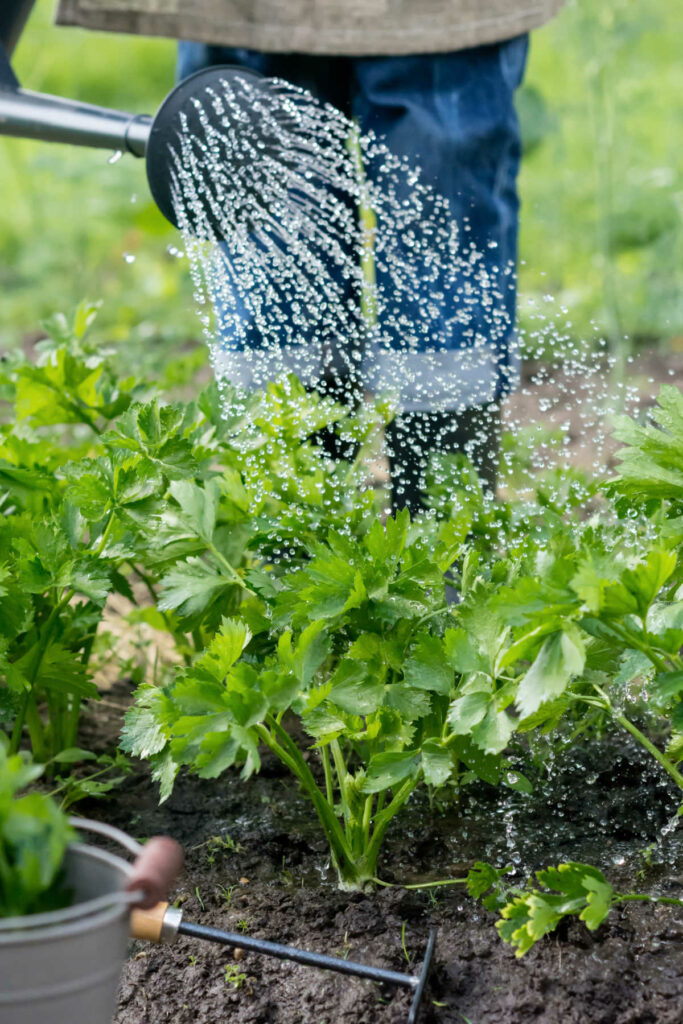
Celery is a moisture-loving vegetable that requires consistent watering to thrive. The key is to keep the soil evenly moist, but not waterlogged, as this can lead to root rot and other diseases.
When watering celery, it’s important to water thoroughly and regularly, especially during hot, dry weather.
Water at the base of the plant, taking care not ot wet the leaves, which can promote fungal diseases. To reduce water loss through evaporation, water early in the morning or in the later afternoon.
To avoid water stress, it’s important to check the soil moisture regularly, especially during prolonged dry spells.
Stick your finger into the soil near the base of the plant to check for moisture. If the soil feels dry to the touch, it’s time to water. If the soil feels moist, wait a day or two before checking again.
To conserve moisture and reduce the need for frequent watering, mulch around your celery plants with a layer of straw or shredded leaves. This will help retain moisture in the soil and also suppress weeds.
Temperature
Celery plants do not tolerate cold temperatures well, so you will need to ensure ground temperatures are at least 50° F before planting in the ground.
For most gardeners, celery is started 10-12 weeks before the average last frost date for your area.
Since celery grows so slowly, this ensures the roots will have time to strengthen without worrying about temperatures being too cold.
When is Celery Ready to Harvest?
Celery takes ten to twelve weeks from germination to fully mature.
However, younger celery stalks are often considered better to harvest due to a better flavor.
You can begin harvesting these more immature stalks as soon as you want, or you can wait until the plant is fully mature.
It should be noted that homegrown celery has a much richer color than celery bought at the store. This is due to commercially grown celery receiving much less light than celery from a home garden and is not an indication of plant maturity.
How to Have Never-Ending Celery
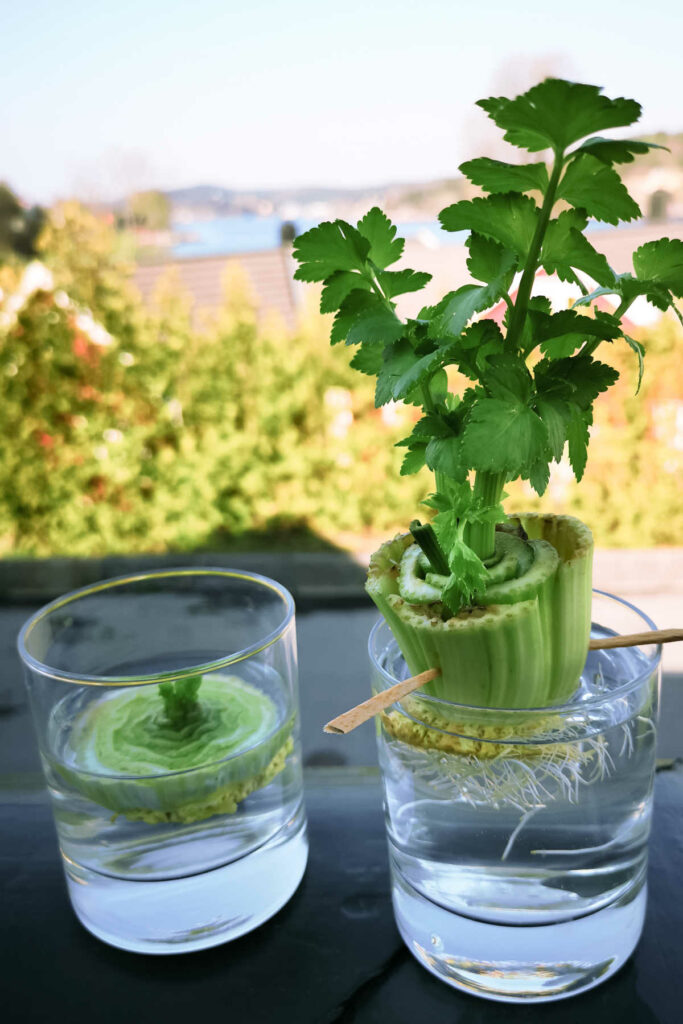
Celery, like potatoes and carrots, can provide a never-ending supply from one harvest.
In other words, celery can be regrown from the scraps of other stalks.
To do this, place the ball, root side down in water for three to four days.
After you begin to see regrowth, transplant the celery stalk to soil and care for it the same way you cared for your original plants.
While one celery stalk will not regrow endlessly, you should be able to get two to three more regrowths out of each stalk, essentially giving you an endless supply of celery.
If you found this post helpful, I’d love for you to “PIN IT”!
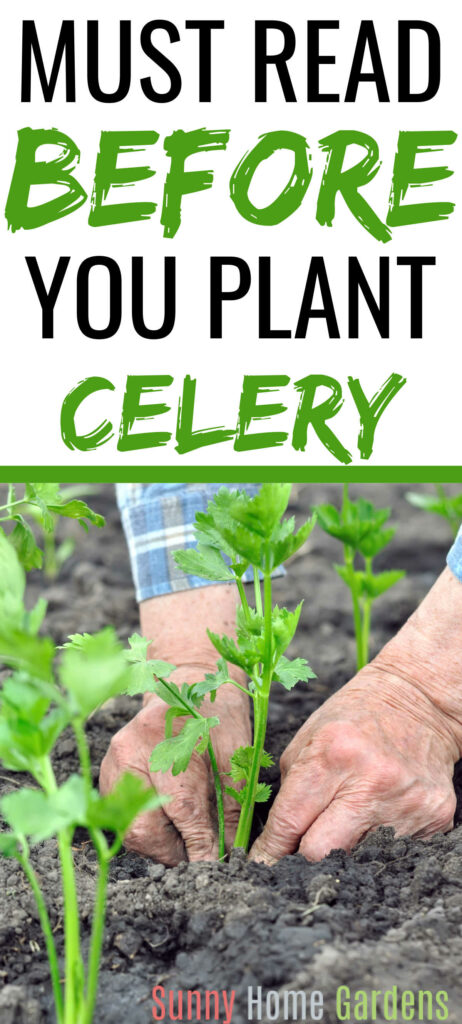
Other amazing vegetables to add to your garden this year:
Growing Peas in Containers
How to Grow Fennel
How to Grow Artichoke



